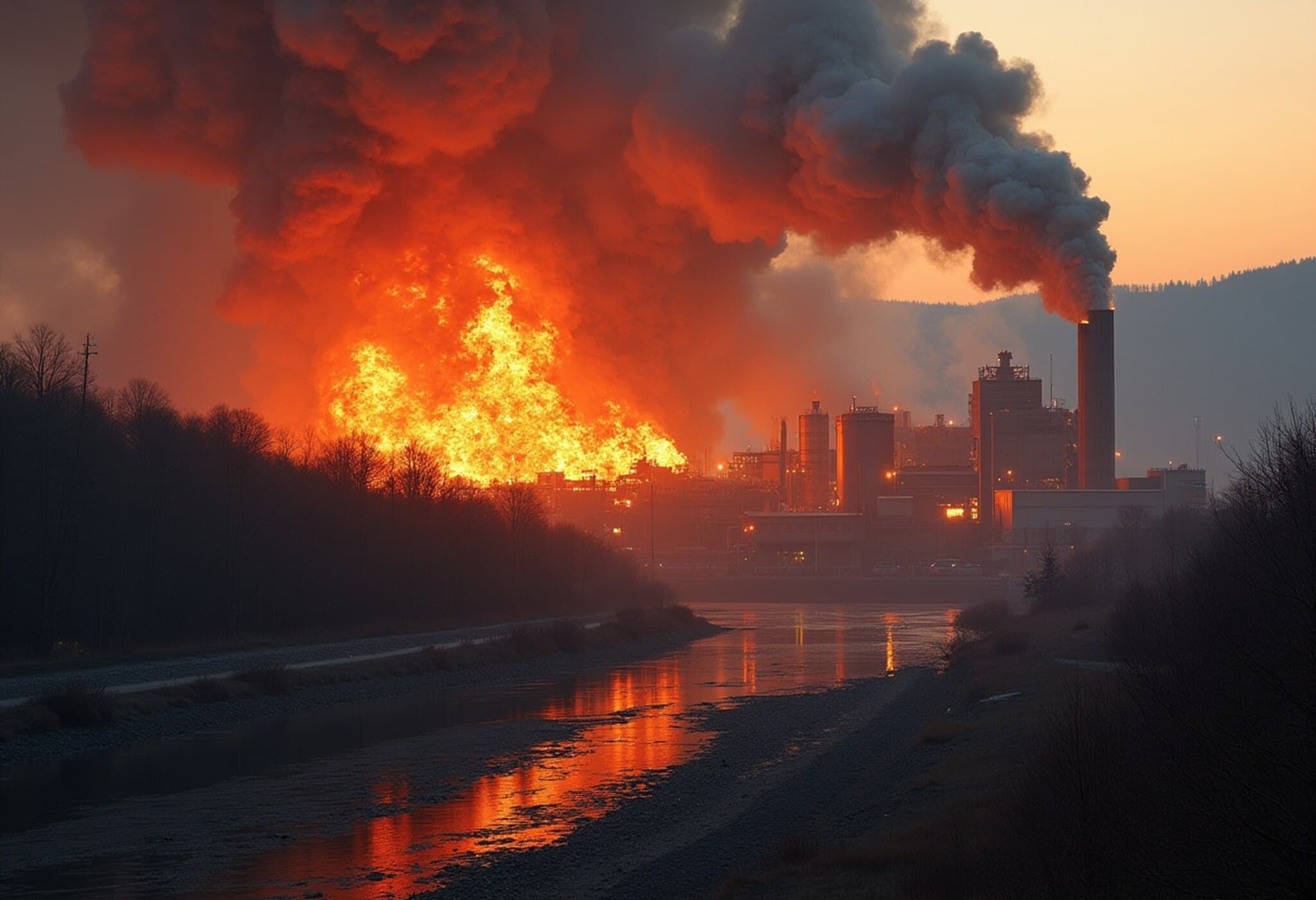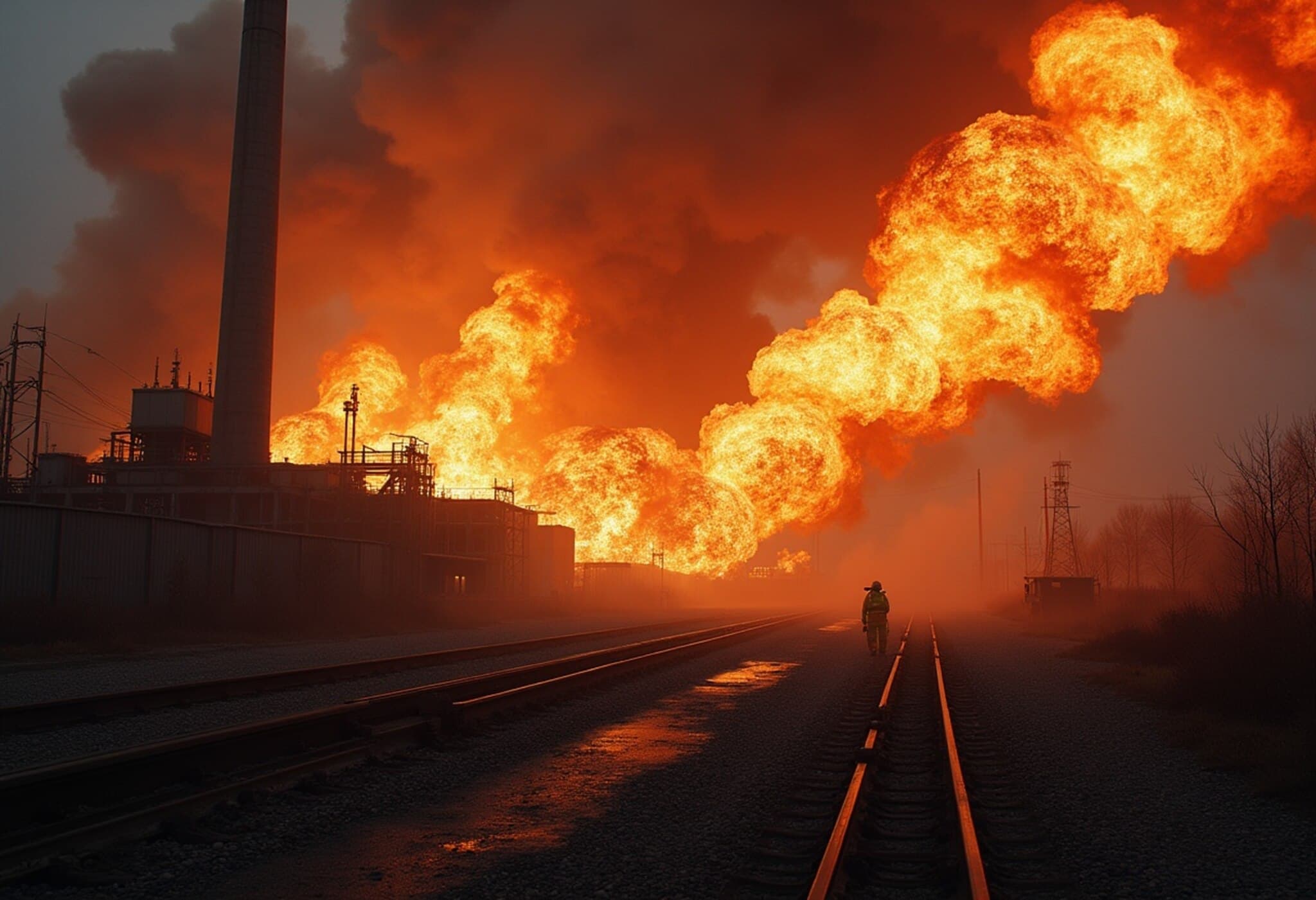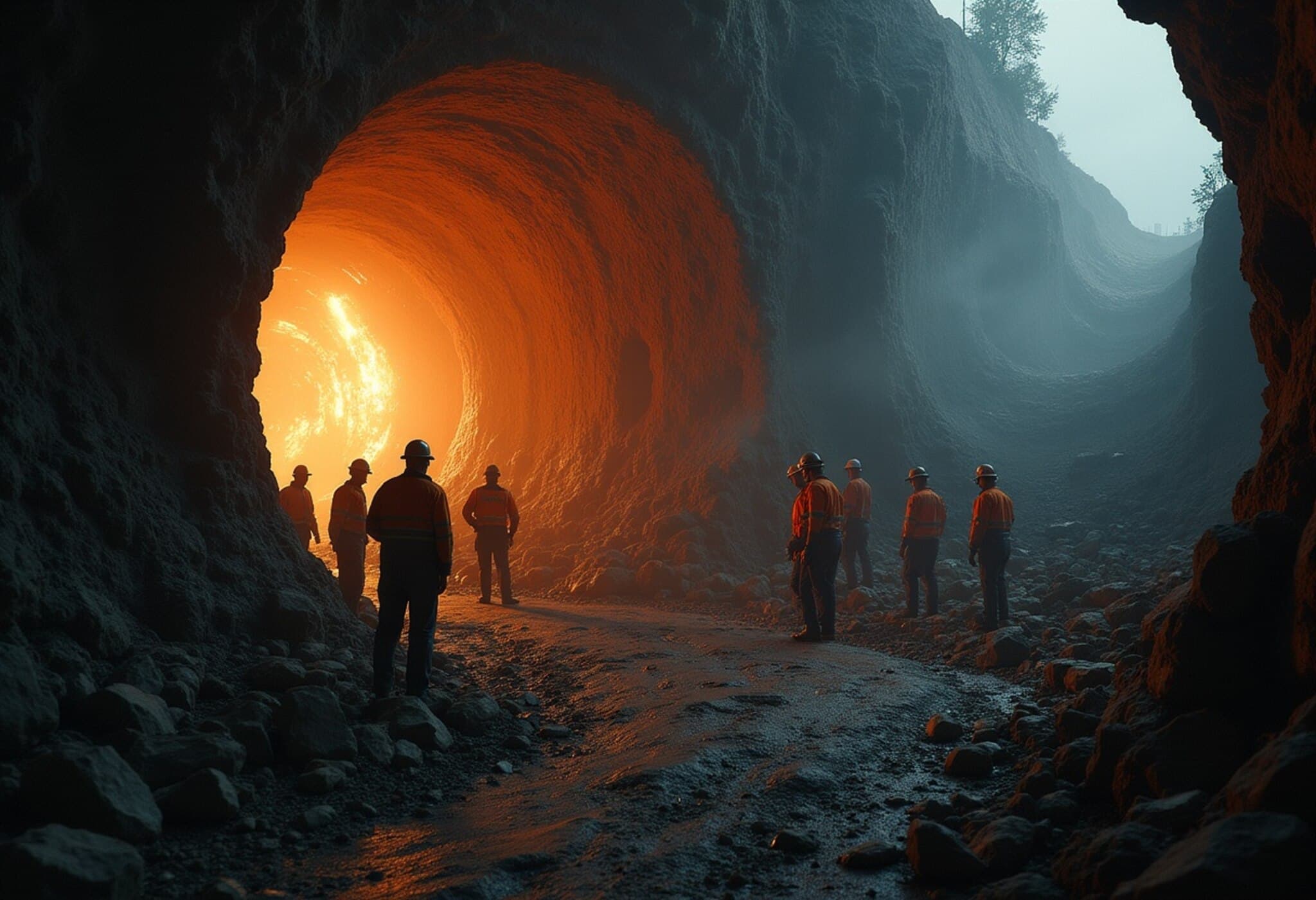Massive Explosion at US Steel's Clairton Plant Traps Workers and Injures Many
On the morning of August 11, 2025, a powerful explosion erupted at the Clairton Coke Works, a key US Steel facility located along Pennsylvania's Monongahela River near Pittsburgh. The blast caused significant structural damage, leaving dozens of workers injured and some trapped under rubble as emergency crews labor tirelessly to perform rescue operations.
Emergency Response and Current Situation
Allegheny County Emergency Services reported that a fire had ignited around 10:51 a.m. at the plant, prompting a rapid response from fire and rescue teams. As of now, five individuals have been transported to nearby hospitals for treatment, though detailed updates on their conditions have not been released. Officials have confirmed there are no fatalities yet, but the situation remains fluid with rescue efforts actively ongoing.
The Clairton Plant: Industrial Giant with a Troubled History
The Clairton Coke Works is the largest coking operation in North America and forms a significant part of US Steel’s Pennsylvania operations, employing thousands in the region. While vital to the local economy and steel industry, it has been under scrutiny for environmental and safety issues in recent years.
In 2019, US Steel settled a federal lawsuit related to pollution violations dating back to 2017, agreeing to pay $8.5 million, including $6.5 million earmarked for cutting down soot emissions and related odors. This followed prior legal actions after a 2018 fire compromised sulfur pollution controls, highlighting ongoing environmental compliance challenges.
Implications and Underreported Concerns
This explosion raises broader questions about plant safety standards, the adequacy of regulatory oversight, and the long-standing balance between industrial operations and community health in regions dependent on heavy industry. While officials are rightly focused on immediate rescue efforts, experts note the incident once again shines a light on worker safety protocols and the environmental footprint of such aging industrial hubs.
Legal and policy analysts suggest that beyond emergency responses, investigations will likely examine whether corporate risk management and regulatory enforcement sufficiently addressed known hazards at the Clairton facility. For Pennsylvania—a state historically reliant on steel and manufacturing—such incidents underscored the urgent need to modernize industrial infrastructure and bolster worker protections.
Looking Ahead: Recovery and Regulatory Scrutiny
As first responders continue their search and rescue operations, the plant's future and the wellbeing of its surrounding communities hang in the balance. Authorities and US Steel executives are expected to collaborate closely in the coming days to assess structural damage, address environmental risks, and support affected families.
For policymakers, this event is a stark reminder of the ongoing challenges faced by legacy industries confronting evolving safety standards and environmental regulations in the 21st century.
Editor’s Note
The explosion at Clairton not only highlights the immediate human toll but also brings to the forefront systemic concerns — from aging industrial facilities and regulatory gaps to environmental justice and community resilience. Readers should watch for updates on rescue efforts, investigative findings, and how this incident shapes the future dialogue on American industrial safety and environmental stewardship.














